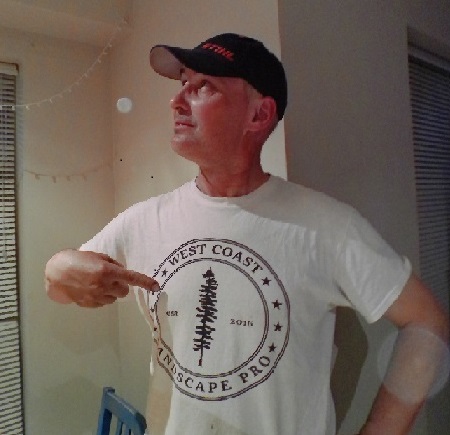Water is the key
It’s pretty sad but I have to say it, newly planted cedars (Thuja occidentalis) require frequent watering after planting. That’s the only way they can establish and thrive. And it sounds so simple and obvious you could be forgiven for thinking I’m wasting your time with this blog post.
And yet, it happens over and over. Every season I’m sent in to catalog and remove dead cedars from multi-family (strata) sites. Then, once the rejects are hauled off to the dump and turned into soil, I visit nurseries to buy new specimens. More time, more labour and more money.
Then comes the hole digging and planting. Obviously, not every site is easy to dig up so the labour involved in this step can be huge. Also, Red Seal Vas doesn’t come cheap but this isn’t about me. I want you to think about watering.
Proper planting
Every time cedars I planted die, I second-guess my planting technique. I always remove burlap before planting but people don’t like that because it voids nursery return agreements. Potted cedars are easier but you still have check the roots, planting depth and water each tree in properly.
Once I’m done, I beg the owners to please water the cedars. After all, you wouldn’t breast feed your baby for just a few days. My wife breast fed for years. Unfortunately, people are busy. And it shows when I show up on site months later.
Night and day

It’s clear what happened here and, shockingly, this is the owner’s patio where they play with their kids and legally smoke copious amounts of marijuana.

Other people on the same site try harder. These specimens look decent so obviously they listened to me. This gives me some hope and stops me from second-guessing my planting technique. It was always about proper, frequent watering. Young cedars are thirsty so water them for at least one year. But don’t drown them. If you’re not sure about moisture levels, stick your finger in the planting hole.
Conclusion
Water your newly planted cedars well and frequently!









